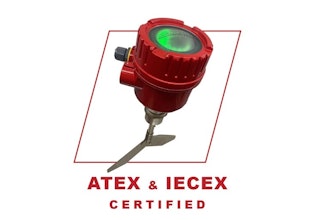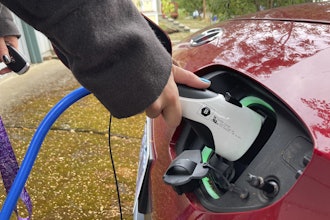As California's controversial chemical disclosure law nears its 30th anniversary, a slew of recent steps taken by state regulators continues to draw the ire of the chemical industry and manufacturers.
Proposition 65, or the Safe Drinking Water and Toxic Enforcement Act of 1986, requires companies to disclose the presence of chemicals classified by the state as known to cause cancer, birth defects or reproductive harm.
Critics argue that the list, maintained by Office of Environmental Health Hazard Assessment, is backed by often-questionable science and hampers the state's business community.
Proponents counter that disclosure requirements protect California citizens from potentially hazardous materials.
Here's a look at Prop 65, by the numbers:
911 = Amount of substances listed under the law as of the OEHHA's latest update in early December. They include several chemicals that frequently pit industry groups against consumer advocates, including bisphenol A — or BPA — and seven phthalates. The latter class of chemicals serve as common plasticizers but are linked to health problems.
The Prop 65 list is required to be updated at least once per year based on recommendations from the state's governor-appointed Science Advisory Board.
300 = The approximate number of listed chemicals subject to disclosure thresholds. If the amount of those chemicals falls below an acceptable level for human exposure, the product in question is not required to include a Prop 65 label. The exposure threshold for carcinogens is one additional projected cancer case per 100,000 individuals over a 70-year span, while developmental limits are established at levels that are shown not to pose harm to humans or laboratory animals.
Prop 65 generally does not require companies to list the applicable chemicals used in their products on the labels, but regulators proposed new standards to identify a "super list" of 12 chemicals, including lead, mercury and phthalates.
20,000 = The approximate number of lawsuits filed against small businesses under Prop 65 to date, according to critics. The executive director of California Citizens Against Lawsuit Abuse recently wrote that the law doesn't require attorneys to show harm or represent a client in order to file a lawsuit — a standard that he said sparked "frivolous" lawsuits that particularly hurt California small businesses.
Ken Barnes argued that the number is set to increase with the listing of BPA. Although studies suggest that the chemical is an endocrine disruptor linked to a host of health problems, regulators in the U.S. and Europe largely cleared exposure limits of BPA — commonly used in plastics and resins — as safe. California, however, is far from the only state to place limits on the chemical.
$29 million = The amount paid by businesses in settlements of Prop 65 lawsuits in 2014 alone, according to reports. Of that, $21 million went to attorney fees and other costs. Evans wrote that Prop 65 lawsuits costs businesses more than $500 million in settlements since 1986.
Last year, California's attorney general sought to limit the amount of settlement awards and damages that go to attorneys, instead aiming to direct them to the OEHHA or advocacy groups.
250 = The number of agricultural crop systems in California alone that use glyphosate, a new addition to the Prop 65 list. The OEHHA last fall announced plans to list the chemical — the most widely used herbicide in the world and the key ingredient in Monsanto's Roundup — after the World Health Organization's cancer research arm classified it as a possible carcinogen.
Monsanto sued over the decision, which could affect thousands of farms in the nation's most productive agricultural state. The seed and pesticide giant alleged that the state improperly relied on a foreign entity for its decision and contradicted its own glyphosate findings less than 10 years earlier.























